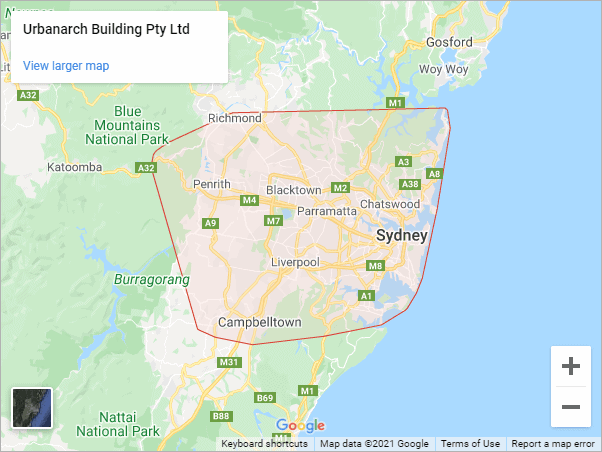Why Is Millboard So Expensive? A Closer Look at Premium Composite Decking
If you’ve been shopping around for composite decking, chances are you’ve come across Millboard—and noticed the price tag. Compared to traditional timber or even standard composite boards, Millboard sits at the top of the price range. So, why is Millboard so expensive? The answer lies in its unique construction, durability, and premium aesthetics.
Let’s break down what you’re really paying for—and why many homeowners, builders, and designers believe it’s worth the investment.
1. Crafted for Unmatched Realism
Millboard decking is designed to look and feel like real timber, down to the smallest detail. Each board is hand-moulded from real oak, capturing the organic grain, knots, and texture of natural wood. This level of craftsmanship gives it a warmth and authenticity that’s hard to replicate in mass-produced composite boards.
Unlike many synthetic alternatives that can look plastic or repetitive, Millboard offers a visually rich, non-uniform appearance—adding serious curb appeal and a sense of quality to any space.
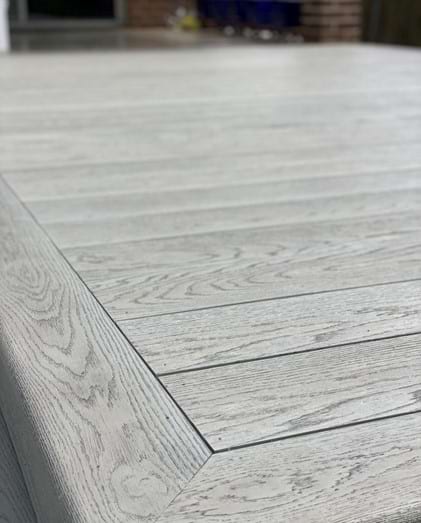
2. Built to Last with a Tough, Timber-Free Core
What really makes Millboard stand out is what’s inside. Instead of using timber or wood-based materials, it’s built around a tough polyurethane resin core—reinforced with minerals to make it even stronger. That means no rotting, warping, or soaking up water like regular wood or cheaper composites often do.
It also handles Australia’s weather extremes without cracking or shifting. No matter how hot or wet it gets, Millboard stays stable and solid. And because it doesn’t need sanding, sealing, or staining, you’ll spend less time on maintenance and more time enjoying your deck.
3. Slip-Resistant Surface That’s Built for Everyday Life
Every Millboard deck board is finished with a special outer layer called Lastane®—and it’s one of the reasons Millboard feels so different underfoot. This flexible, slip-resistant surface is designed to handle whatever life throws at it. It won’t fade in the sun, soak up water, or get scratched and stained easily, so it’s perfect for Aussie backyards, even around pools or in shady spots.
Best of all, it’s soft and comfortable to walk on—great for barefoot summer days—yet tough enough to stand up to daily wear and tear from kids, pets, and gatherings with friends.
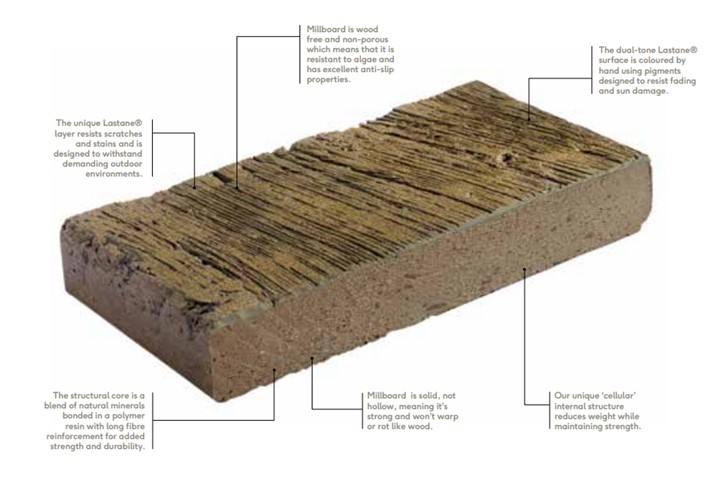
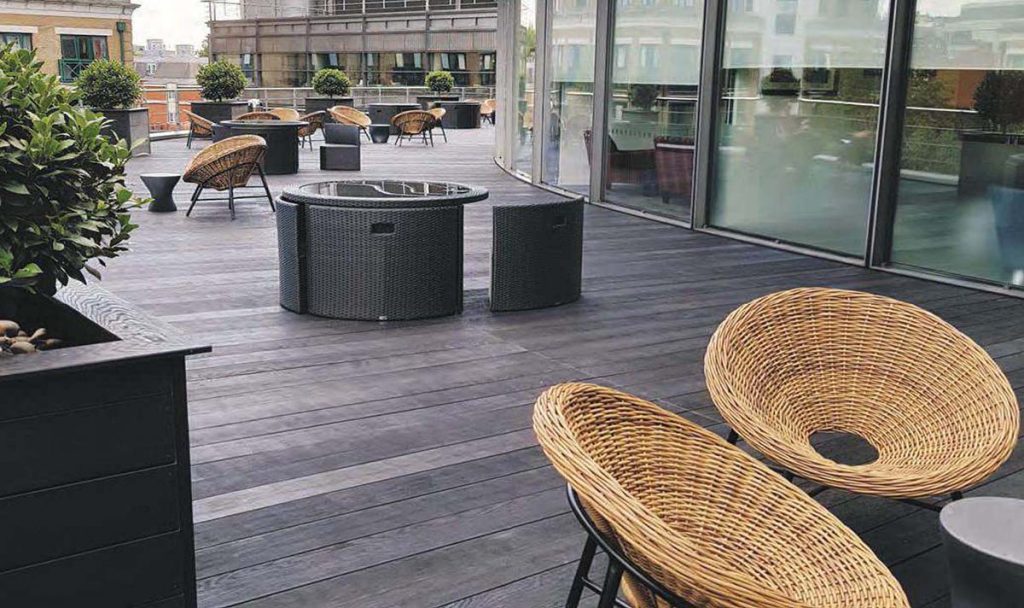
4. Hand-Finished and Made in the UK
Millboard is manufactured in the UK to strict environmental and quality standards. Each board is hand-finished by skilled technicians to ensure a consistent yet natural look. This artisanal process means Millboard isn’t produced on the same scale—or at the same speed—as many mass-market brands, contributing to its higher cost.
But that extra care also means better quality control, longer-lasting boards, and a product that delivers on performance and appearance for years to come.
To achieve such a high board quality, all the Millboard Decking Range has been moulded from actual boards that showed the original character and features of the timber.
If you look carefully at the Weathered range, the clarity of the detail and grain is quite stunning. These boards are moulded from late 18th-century boards that were first discovered forming part of the floor of a French railway carriage.Every board in the Millboard decking range is crafted with exceptional attention to detail—moulded from real timber to capture the unique character and texture of natural wood. If you explore the Weathered Oak collection, you’ll notice the incredible grain definition and aged detail. These boards are inspired by late 18th-century timber originally used in the floor of a French railway carriage, giving your outdoor space a sense of history, charm, and authenticity.
Each Millboard deck range was then based on several boards that were subtly different from each other so that when the boards were installed, there were slight differences that would give the finished look a slightly different patina. The brief was to remove the uniformity that afflicts many current products and provide a unique finish that more closely resembled natural timber, where no two pieces of wood are exactly alike.
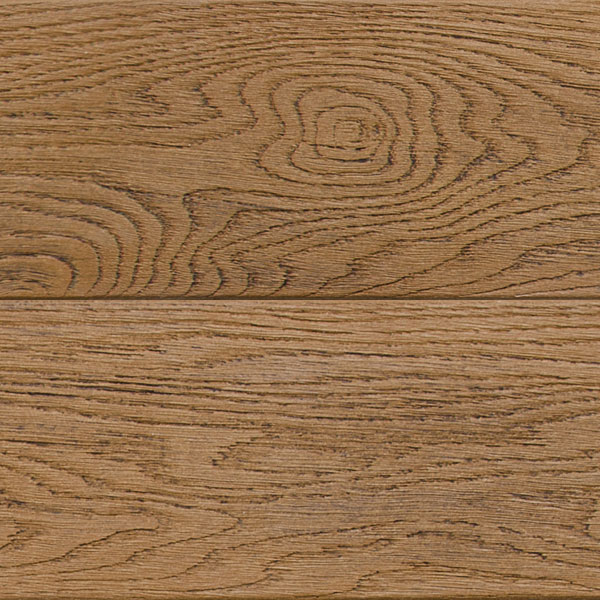
To add to the appeal and care taken, each deck board is finished by hand. This ensures that the grain details in the boards reflect nature. The boards are then partly hand coloured to help make them almost indistinguishable from natural wood.
The result is a truly unique and outstanding product, and probably the most expensive deck board in the world.
5. Long-Term Value
While Millboard costs more upfront, it can save money over time. With little to no maintenance, fewer repairs, and a much longer lifespan than traditional timber, you’re investing in long-term performance and peace of mind. Plus, its premium look can add real value to your property—especially in high-end markets or renovation projects where quality matters.
Is Millboard better than composite decking?
Millboard is a composite deck board. The question should be, “Is Millboard better than other composite deck boards?”
How Millboard Decking Solved a Common Outdoor Headache
If you’ve ever owned a timber deck or dealt with early-generation composite boards, you probably know the pain: constant upkeep, boards that crack or warp, and frustrating trip hazards caused by movement in the decking. For many homeowners, it was just part of the deal. That’s exactly what Millboard decking set out to change—and it’s done an impressive job.
One of the big goals behind the design of Millboard was to eliminate the need for painting or oiling—something timber decks demand year after year. But in solving that problem, Millboard achieved something even more impressive: it tackled the issue of expansion and contraction, one of the biggest flaws in traditional decking.
With standard composite boards, heat and cold would cause them to expand and shrink. Longer boards were especially tricky—they’d often buckle slightly where they met, creating a small but noticeable ramp. Not only was it a trip hazard, but it also ruined the smooth flow of the deck. Some manufacturers responded by limiting board lengths or suggesting “breaker boards” to help manage the movement. These fixes worked, but let’s be honest—they didn’t look great.
Enter Millboard.
Thanks to its innovative wood-free polyurethane core, Millboard decking doesn’t react the same way to heat or moisture. It doesn’t swell, shrink, or shift like timber or regular composite. You can install full-length boards end to end, creating clean lines and a sleek finish—with no awkward gaps, joins, or tripping points. That means your deck stays looking sharp and level, year after year.
But Millboard didn’t stop there. Its surface finish is engineered for the real world. It never needs painting, staining, or oiling—and it resists fading, staining, and scratching too. Whether your deck is in full sun, shaded under trees, or wrapped around a pool, it holds up beautifully with minimal effort.
So, why do so many people choose Millboard? Because it solves the little problems that turn into big ones. It takes the worry out of decking—no more warping, no more sanding, no more surprise repairs—and leaves you with an outdoor space that just works.
In short, Millboard decking gives you the look of real timber, without the drama. It’s smart, stylish, and built to last in Australian conditions. If you’re planning a new deck or looking to upgrade an old one, it’s worth considering a solution that’s as practical as it is beautiful.
Looking for more information – check out our Millboard decking page.
The answer to: “is Millboard expensive”, is yes. You just have to decide if its unique characteristics and look and feel are what you want. If that is the case, then NO is probably your answer.
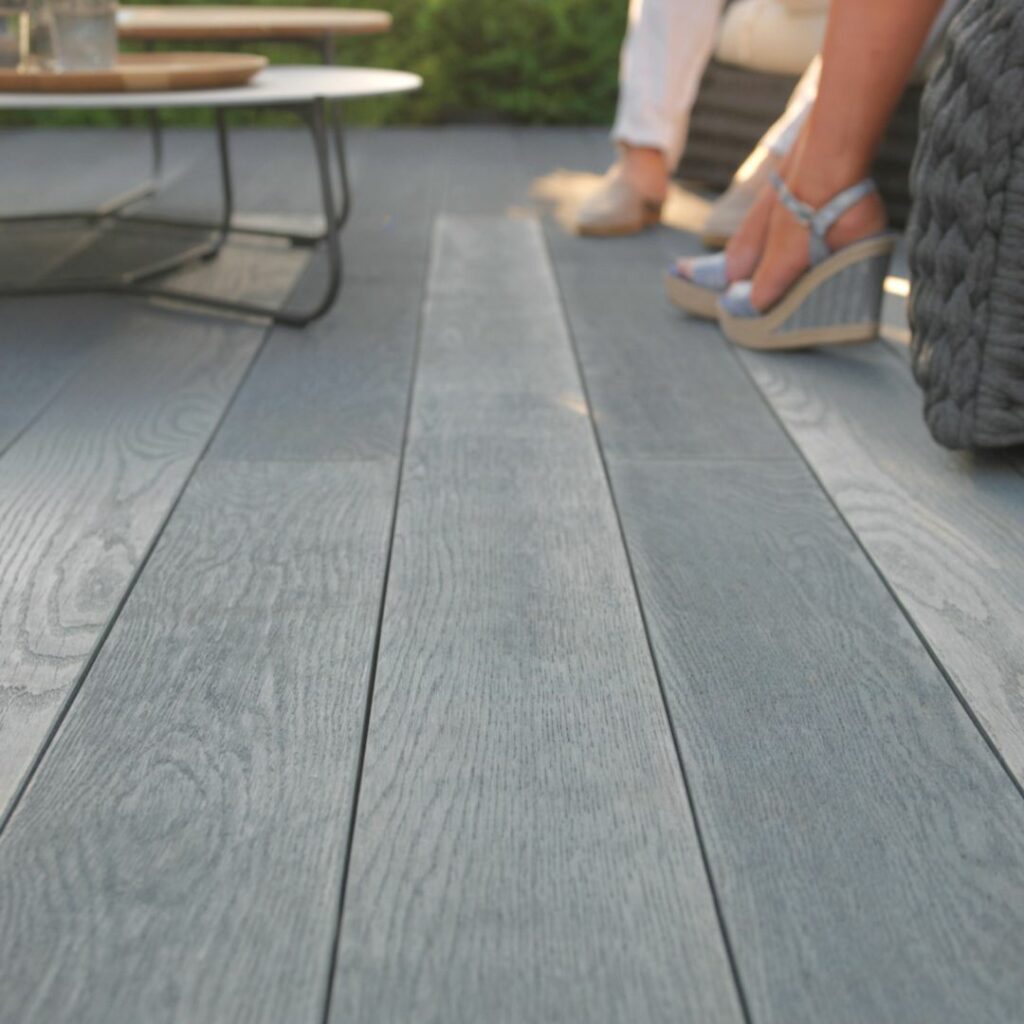
I'd like some more information


